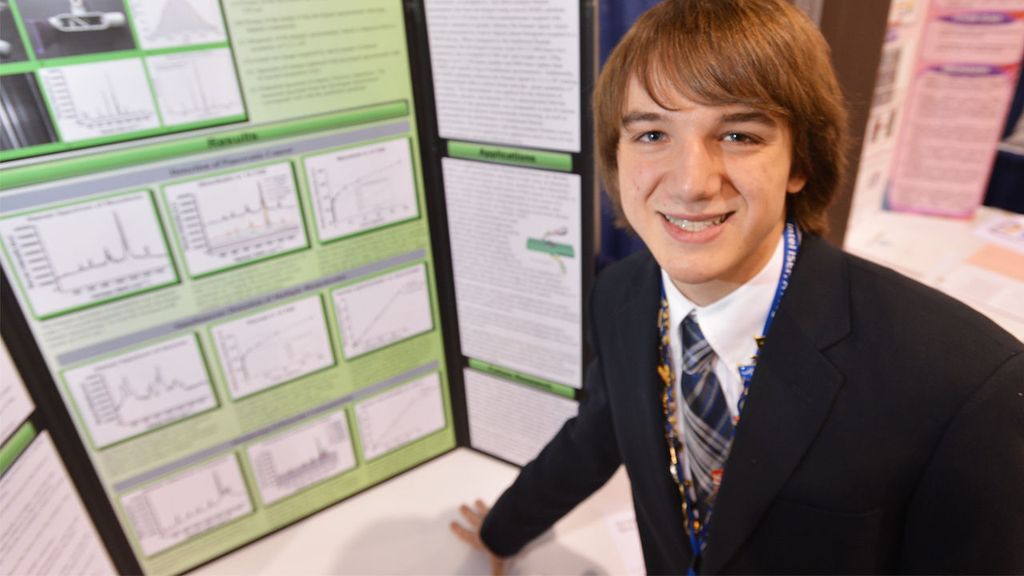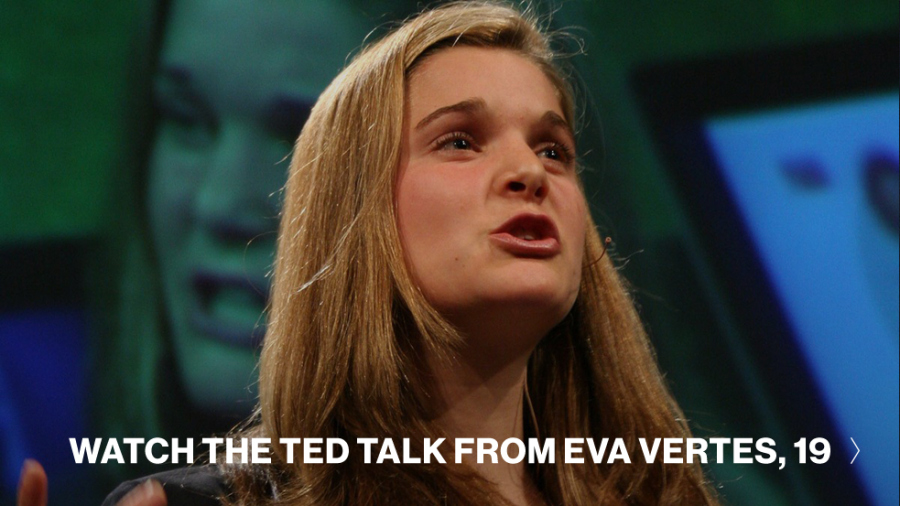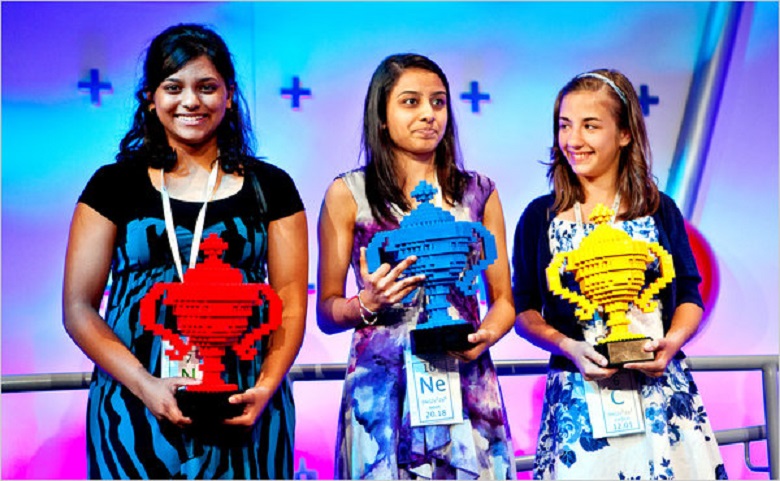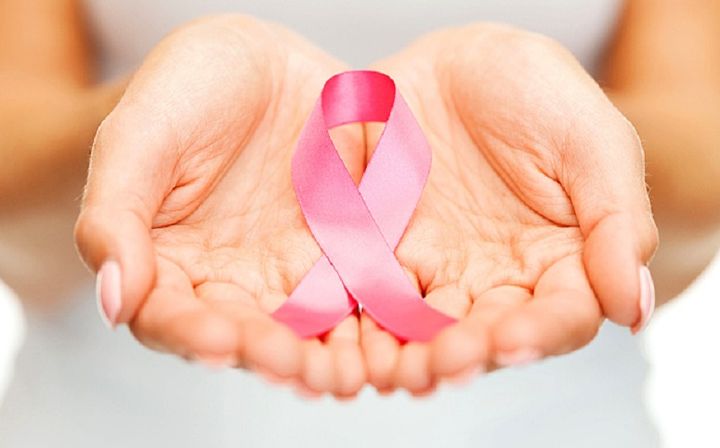
Within the fields of pharmacology, diagnostic medicine and biomedical research, there are countless individuals who are working tirelessly to combat diseases like cancer - an illness that, despite our best efforts, has no cure and accounts for roughly 8 million deaths a year. But when young luminaries come to the fore, providing a fresh perspective and outside-of-the-box thinking, amazing things can happen.
Combining academic know-how, a passion for the sciences and personal inspiration, five young individuals in particular have stood out in recent years. Between inexpensive tests that can detect cancer with extreme precision, computer algorithms that can detect leukemia, the improved delivery of anti-cancer drugs and a greater understanding of how cancer works within the body, these prodigies are creating a new wave in innovation.
Consider Jack Andraka, a high school student who invented a prototype cancer diagnostic test that won him the top prize at the 2012 Intel International Science and Engineering Fair (ISEF). At only 16 years of age, the young inventor found a way to test for pancreatic cancer that was not only 90% accurate, but is also 400 more sensitive and 168 times faster than current tests, and all for 1/26,000th the cost.
Inspired by the death of a friend's uncle who died of pancreatic cancer, Andraka began researching the subject to learn more about the disease. What he found shocked him. Not only is the survival rate for those diagnosed with the disease very low (5.5% survival rate over five years), the asymptomatic nature of it often prevents people from getting tested before the disease becomes advanced. What's worse, these tests are often expensive and require machinery that is only available in certain hospitals, which can mean long waiting periods.
After extensively researching the subject, Andraka came up with an inexpensive alternative. Combining coat strips of inexpensive filter paper with a mixture of single walled carbon nanotubes and an antibody called mesothelin - a biomarker for pancreatic cancer - he developed what is effectively a litmus test for pancreatic, ovarian and lung cancer. All a patient need do is dip the strip in a sample of their blood or urine, and they will recieve results in 5 minutes, and all for a cost of about 3 cents a strip.
After winning at the top prize at the 2012 Intel ISEF, Andraka came together with the other finalists to form Generation Z, an independent research group made up of science-savvy students. Together, they began working on a portable medical sensor to detect cancer, which they had originally hoped to enter into the Qualcomm Tricorder X Prize.

Jack Andraka presenting at the Intel Science and Engineering Fair in 2013. Credit: fastcoexist.com
Returning to the ISEF in 2013, Andraka unveiled his own personal iteration of this technology - a cell-phone sized, handheld cancer detector that uses the same technology as a raman spectrometer to detect cancer cells in blood. Traditional raman spectrometers consist of a high-powered laser and a liquid-nitrogen cooled photodetector, and traditionally cost $100,000 apiece.
Considering them to be yet another example of diagnostic medicine that is both expensive and difficult to recieve in a timely fashion, Andraka began looking for an inexpensive, personalized alternative. To this end, he used off-the-shelf components, swapping out the high-powered laser for a laser pointer and the photodetector with a iPhone camera. The results, he claimed, are "comparable to a traditional raman spectrometer", and all for roughly $15 worth of components.
Andraka has also patented his method of sensing pancreatic cancer and is communicating with companies about developing an over-the-counter test. And as of 2014, he announced he would be attended Standford University as a member of the Class of 2019.

Brittany Wenger, a graduate of the Out-of-Door Academy, is the inventor of an AI program that can detect leukemia and breast cancer. Credit: mashable.com
And then there's Brittany Wenger, the high-school senior from from Sarasota, Florida who built an artificial neural network to detect an agressive form of cancer known as mixed-lineage leukemia (MLL). The result of 600 hours of coding and the running of 7.6 million trials, this young inventor created a algorithm that looks for patterns in genetic expression profiles to diagnose patients.
In short, Wenger taught a computer how to diagnose leukemia by creating a diagnostic tool for doctors to use. And this was not the first time that she had used AI to detect cancer. In 2012, Wenger wrote a computer program featuring artificial intelligence technology (called Cloud4Cancer) that detects breast cancer at a rate of 99% with a non-invasive aspiration biopsy. This invention won her the top prize at the 2012 Google International Science Fair.
Shortly thereafter, Wenger turned her attention to MLL, an aggressive form of cancer that often has poor prognosis and a five-year survival rate of only 40%. Relying on her skills with artificial intelligence, she discovered four particular gene expressions in the body that can be targeted to create MLL-specific drugs and added this information to the program. Not only did she create a powerful diagnostic tool for this cancer, but her findings might also help develop new treatments.
Describing herself as a "very naturally curious person", Wenger's interest in artificial intelligence began in the 7th grade. After taking a futuristic-thinking course, she became obsessed with the concept of artificial intelligence and started learning how to code. When she was in the 10th grade, her cousin was diagnosed with breast cancer, which inspired her to direct her interest in AI towards diagnostic medicine.
Wenger's new findings with leukemia won her the top prize at the 2013 ISEF, and proved that her Cloud4Cancer service can be altered to improve diagnostics for multiple cancer classifications. As it stands, her Cloud4Cancer network is 99.1% accurate and, as it learns more, should only get better. Wenger hopes to open up the network to hospitals and, with more research, this least-invasive test for breast cancer could become the most accurate.
And then there's Eva Vertes, the Toronto-born graduate of the University of Florida College of Medicine who has been researching cancer and Alzheimer's disease for many years. When she was just 9 years old, the young prodigy became interested in the subject of disease after reading The Hot Zone, a book about an Ebola virus outbreak.

Eva Vertes, at 19 years of age, presents her thoughts on stem cells and cancer at TED2005. Credit: blog.ted.com
However, it was the death of her grandmother Eva at the age of 44, a Holocaust survivor who fled Hungary in 1956 and became a biochemistry scientist at the University of Toronto, that got her interested in cancer research. While studying molecular biology as an undergraduate at Princeton University, Vertes began working in a cancer stem cell lab at Stanford University for a summer.
After graduation, she spent the next two years working in cancer research at Weill Cornell Medical College in New York, but realized she needed her medical degree to do research with clinical applications. That was when she applied to the UF College of Medicine, where she graduated from in 2013 with her M.D.
When she was 17, she discovered properties in a chemical compound (RPI-069) that stopped the brain cells of fruit flies from dying, a discovery which is considered a step towards curing Alzheimer's Disease. Her experiment also won her first prize at the 2003 Bay Area Science and Engineering Fair (BASEF) in Hamilton, Ontario and the 2003 Intel ISEF.
Since that time, she also gained a great deal of recognition for her cancer research, which found a possible correlation between stem cells and brain cancer. This finding is the basis of her argument that cancer itself is the body's natural self-repair system gone haywire. In 2005, she presented her research at TED2005, claiming that "It’s possible, although far-fetched, that in the future we could think of cancer being used as a therapy."
And last, but certainly not least, there is Lauren Hodge and Shree Bose; two young women who won the top prizes at the 2011 Google Science Fair. Bose, a 17-year old student from Fort Worth, Texas won first prize for her groundbreaking research into ovarian cancer. Under the supervision of Dr. Alakananda Basu at the University of North Texas Health Science Center, her research focused on the chemotherapy drug known as cisplatin, which is commonly taken by women with ovarian cancer.
What she found was that cancer cells tend to grow resistant to cisplatin over time, and developed a way to counteract that. Using a cellular energy protein known as adenosine monophosphate-activated protein kinase (AMPK), she noted that when combined with cisplatin at the beginning of treatment, the combination diminished the effectiveness of the drug.

2011 Google Science Fair winners (from left to right) Shree Bose, Naomi Shah and Lauren Hodge. Credit: nytimes.com
However, when added later on, when the cancer cells were growing resistant, the AMPK worked to maintain the drug's effectiveness, essentially counter-acting the cancer cells' resistance. This discovery, according to Bose, "opens up a lot of new avenues for research." For her work, Bose took home the grand prize at the 2011 Google Science Fair and the prize purse of $50,000.
Meanwhile, Lauren Hodge - a Pennsylvania native who was just 13 when she entered the competition - focused her research on cancer-causing carcinogens in food. After hearing of a lawsuit against fast food restaurants failing to comply with laws requiring them advise customers of health risks, she was inspired to create a scientific project that displayed the concentration of a carcinogen known as phenylmethylimidazopyridine (PhlP) in grilled chicken.
Knowing that when meat is grilled, proteins bond to form the PhlPs and other dangerous compounds, Hodge tested different types of marinades - lemon juice, brown sugar, olive oil, soy sauce and salt water - to see what effect these had. What she found was that lemon juice and brown sugar (perhaps owing to their natural acidity) cut the PhlP concentrations sharply, whereas soy sauce led to an increase in them.
Hodge took the top prize in the 13-14 age group for the project, and alongside her fellow winners - Shree Bose and Naomi Shah, presented her findings at the 2011 TEDxWomen talk (video above). As the three top winners of the 2011 Google Science Fair, they were also hailed as inspirations to young women everywhere with a natural love of science, medicine and research.
The past decade has seen many new and inspiring methods of tackling cancer, be they in terms of prevention, diagnostics or treatment. But what is especially inspiring is seeing how many of them are coming from young minds that are not part of the medical industry. Relying on their own inspiration and a gift for research, these individuals are helping to improve on current methods and shake up the system.
And given time, their efforts could very well lead to an overhaul in how we diagnose, treat, and address the "plague of the 20th century". With luck, they might even lead to the disease being made history in this century.
Top image: Alamy
- blog.ted.com/5-teenage-cancer-innovators/
- www.oda.edu/page.cfm?p=5929
- cloud4cancer.appspot.com/
- mashable.com/2013/05/21/computer-leukemia-diagnosis/
- www.nytimes.com/2011/07/19/science/19google.html?_r=0
- www.pbs.org/wgbh/nova/blogs/secretlife/health-science/eva-vertes/
- news.medinfo.ufl.edu/articles/lead-story/road-to-graduation-the-life-of-a-budding-scientist/
- www.fastcoexist.com/1681470/the-16-year-old-who-created-a-cheap-accurate-cancer-sensor-is-now-building-a-tricorder-with-
- www.fastcoexist.com/1682237/this-16-year-old-created-a-15-cell-phone-sized-device-that-can-detect-cancer-explosives
- www.msnbc.com/newsnation/watch/teen-innovator-to-save-millions-of-lives-411094083772
- www.cnet.com/pictures/youths-tackle-cancer-asthma-for-google-science-fair-photos/4/
- www.dailymail.co.uk/news/article-2016295/Googles-Global-Science-Fair-winners-Shree-Bose-Naomi-Shah-Lauren-Hodge.html








